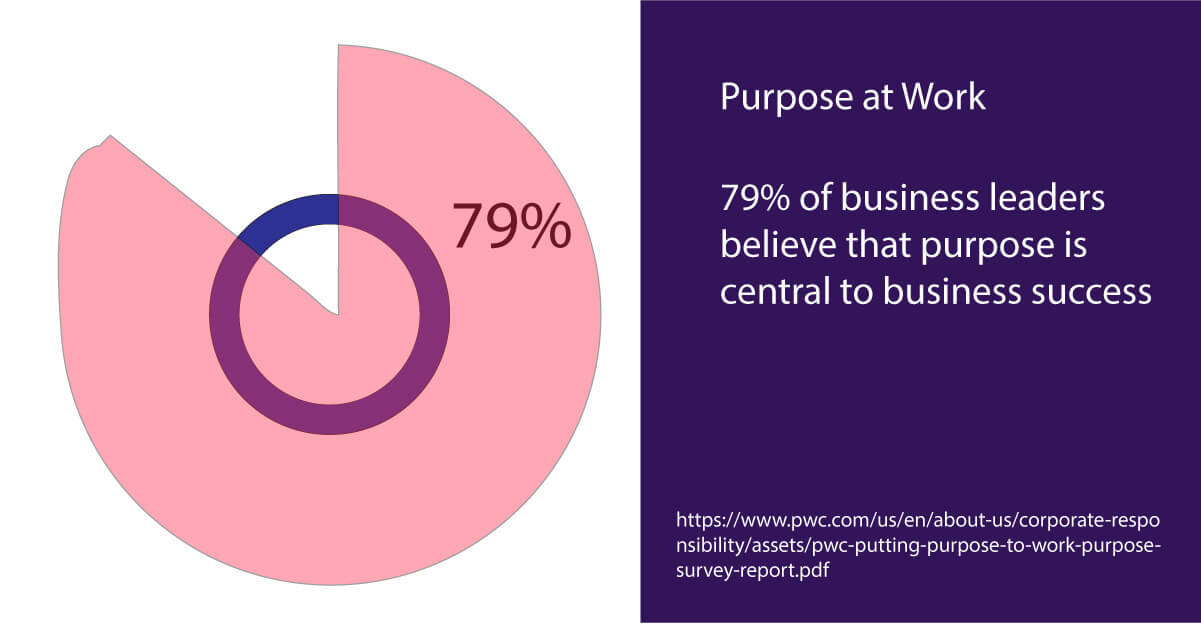Kyle Coleman: How to bring sales floor energy to remote selling
How can you keep your best SDRs engaged?
What gives leaders and employees the greatest sense of purpose?
How do you balance data and instinct when making decisions?
On a recent episode of the Reveal podcast, we connected with Kyle Coleman, VP of Revenue Growth and Development at Clari, for answers to these and other questions that are top of mind for revenue leaders.
Key Points to Remember
- “What” and “why” is top down. “How” it happens is bottom up.
- The SDR role is more about quality than quantity.
- Leaders and employees find meaning in very different ways.
- The best sales leaders truly respect and celebrate their SDRs.
- There’s a balance between doing the research and getting the data, and trusting your gut.
Micromanagement vs Leadership
I think a lot of first time managers—and even seasoned managers—make this mistake. Where they expect every individual contributor on their team to find success the same way that they did. And so they try and basically create a team of mini-mes that are going around and selling the same way they did, or marketing the same way they did, or just going about the day-to-day too similarly.
I tried that early on and it did not work super well.
One of my joys here is building processes that scale. And the right way to find the middle ground was to provide a process that was more of a framework. It was more like guardrails. That if you operated within this process framework, you were going to find success. But that process is not overly prescriptive.
So, I’m not going to tell you exactly how to do every single thing, how to spend every single minute of your day. It doesn’t make sense. I’m not doing the work anymore.
And so this process needs to continually evolve, and that evolution has to be bottom up. I realized that my job as a manager, my job as a leader, is to provide the context for what needs to happen and why it needs to happen. And to make sure that everybody all the way up and down the chain—every individual SDR, every manager—everybody knows what their role is in making that happen. And then expecting them to come up with the “how.”
What and why is top down. How it happens is bottom up.
Career development is not a ladder that goes straight up. It is more like a rock wall where you need to be able to move laterally, horizontally, sometimes take a step back, until you find those firm enough footholds that you can climb up.
“SDR Freedom Week”
We said to the SDR team, “We have zero expectations from you this week as far as the activities that you produce. I don’t care how many calls you make. I don’t care how many emails you send. I don’t care about any of that. I just want you to take 40 hours and do the job how you think you’ll get the best results.”
And we just kind of sat back from a managerial perspective. We were there on call if they ever needed something, or if they wanted to kick a crazy idea back and forth.
But for the most part, it was just them doing their thing and trying out new tactics. Experimenting a lot with video, trying new ways for electronic gift fulfillment, trying new sorts of messaging with different sorts of campaigns and incentives. It was really cool to watch.
I wouldn’t say that we’re going to completely change any single thing about our process as a result. But it was really impactful, because it bolstered my belief in this process evolution having to be bottom up. Giving people just the framework for “here’s how to maintain the empathy in your outreach right now. And here’s why it’s more important than ever. But I’m not going to tell you exactly how to deploy it, because I don’t know. We trust you. We hired you because you have a brain, you’re smart, you’re a strategic thinker. And we want you to put those brains to use. So help us figure it out.”
[The SDR] role is so much more about quality than quantity these days. We need to allow people to take more time with their outreach.
So we saw far fewer phone calls. And we saw way more video engagement via Vidyard or BombBomb and LinkedIn video messaging, LinkedIn voice messaging.
Those were the types of things that we saw people kind of gravitate towards and find success with. And so those are the types of tactics that we’ve weaved in now in our weekly metrics mix.
“I’m just an SDR” is probably the most triggering thing for me in a professional setting. I hate it when I hear that. I just think it downplays the contribution of SDRs to the business.
Data Breakout—Giving Your Work Purpose
We found some interesting data from PWC’s report Putting Purpose to Work: A study of purpose in the workplace.
They surveyed 1,500 employees—500 of which were leaders—and learned that while business leaders prioritize the commercial value of purpose, employees see purpose as a way to bring meaning to their work and understand the contributions they are making to the company. And employees need to find this meaning in their daily work in order to be fully engaged.
Here are the numbers that support that idea:
- 79% of business leaders believe that purpose is central to business success and existence. Yet only 34% agree that purpose is a guidepost for leadership decision making.
- For individual contributors, it’s worth noting that 83% said they look for meaning in their day-to-day work. Leaders, however, find meaning through “reputation for growth and innovation” and “distinction and differentiation” at 72% and 63% respectively. Day-to-day work was their third pick at 52%.
- So what’s the best way to communicate purpose? The report conveyed that employees most prefer hearing about the impact of their work through client stories and leadership messages.

The Challenges SDRs Face
I used to be able to say, “If I make 50 calls today, I know that I will get two meetings.” You cannot say that anymore.
Things are way more complex than that now. There are so many different outreach channels. So many of these channels are completely inundated with garbage, that you need to take the time to find ways to stick out.
And the best sales leadership, the best leaders for SDRs, are ones who recognize that this job is very difficult. Getting the door open is not as hard as closing deals, but it’s really difficult.
And the sales leaders that celebrate this—that include SDRs in the win reports, that are celebrating them in these slack channels that I mentioned before, that know the SDRs by name and reach out to them, the AEs who think of their SDR as strategic partners and not as secretaries. It’s all up and down the chain, just from a mindset perspective, to respect the contribution.
And if you can do that as a company, as a leader, then you will usher in a sea change and your SDRs will thank you for it.
Data and Decision Making
I think there’s a balance between doing the research and getting the data, and trusting your gut.
What I have found over the years is the more senior I’ve gotten, the more ambiguous things become and the less data there is to guide decision making.
And so for me, data is directional. It is the means by which you get confidence to go in a certain direction. But leadership is having the confidence to course correct when things inevitably go wrong.
You’re never just going to create a plan that’s 100% spot on for every eventuality that you’re going to come across. You need to have the confidence that you can evaluate things in real time using the data that you hopefully are able to receive after you launch something. And pivot accordingly, and just continue to make informed decisions until you can pivot enough to find the right sort of methodology that will scale.
And especially when you’re a smaller company, and things are necessarily more ambiguous because you’re figuring a bunch of things out at the same time.
Data is extremely important, but it’s not everything. You will never have every answer to every question that you ask. And you have to be able to just make a decision, stand by it, and then be willing to change your mind if you’re proven wrong.
Subscribe to Reveal: The Revenue Intelligence Podcast
Every week, we interview senior revenue professionals who share their insights on how they leverage revenue intelligence to drive success and win their market.
You’ll hear how modern go-to-market teams win, close revenue with critical deal insight, and execute their strategic initiatives—plus all the challenges that come along with it.
Listen now at gong.io/podcasts.
